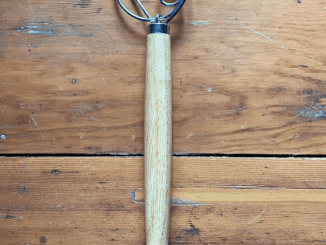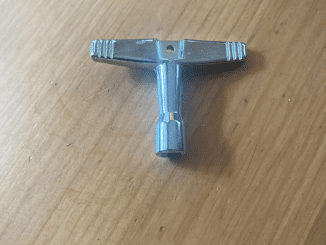If you’ve recently noticed small white bumps on your skin, especially around your nose, you’re not alone. These tiny, often frustrating bumps are a common skin issue that many people deal with. While they can be annoying and unsightly, the good news is that they’re usually harmless. But what exactly are these white bumps, and how do you get rid of them? Let’s break it down.
What Are These White Bumps?
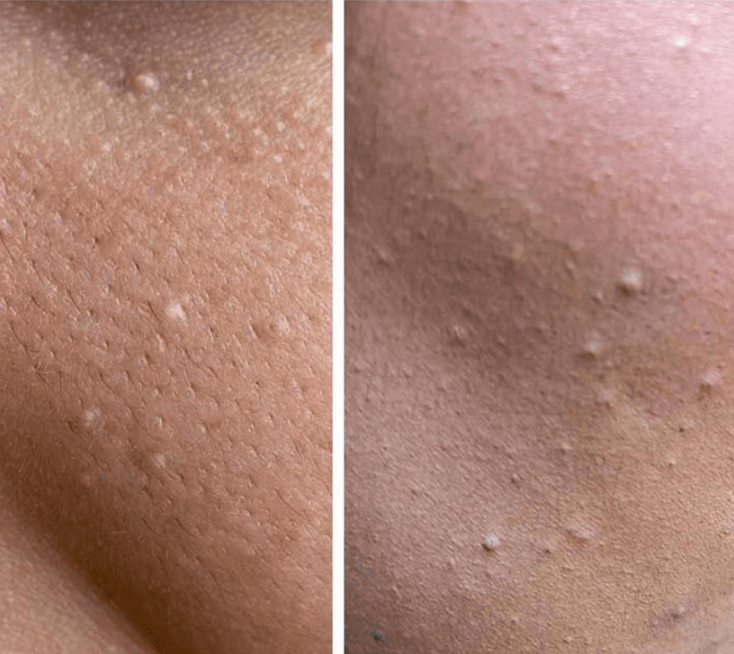
Most likely, the small white bumps you’re seeing are called milia. Milia are tiny, keratin-filled cysts that develop just beneath the surface of the skin. They appear as small, white or yellowish bumps and are most commonly found on the nose, cheeks, and around the eyes. Unlike traditional acne, milia don’t have an opening, which makes them much harder to pop or treat with typical acne products.
These bumps form when dead skin cells become trapped in small pockets on the skin’s surface. As a result, keratin (a protein found in skin, hair, and nails) gets trapped and forms these cysts.
Should I Be Worried About Milia?
1. Milia Are Generally Benign
First and foremost, there’s no need to panic if you’re seeing milia. They are usually benign and pose no threat to your overall health. For most people, milia are simply a cosmetic concern rather than a medical issue. However, it’s essential to monitor any changes to your skin. If the bumps begin to swell, become painful, or turn red, it might be worth seeking medical advice to rule out any underlying problems.
2. They Can Be Persistent
One of the more frustrating aspects of milia is their persistence. Unlike pimples, which may go away within a few days, milia can stick around for weeks, months, or even longer if left untreated. That said, with the right approach, you can accelerate the process and remove these bumps more quickly.
3. In Rare Cases, Milia Can Be Linked to Other Issues
While milia are usually harmless, there are rare instances where a sudden appearance of milia in large numbers could indicate an underlying health condition. If you notice a sudden outbreak or if the milia don’t go away over time, it’s a good idea to consult a dermatologist. They can help determine whether there’s a more serious issue at play.
How Do I Remove These White Bumps?
Now that you know what these bumps are, let’s explore the best ways to get rid of them. Luckily, there are several treatment options available, both at home and with professional help.
1. Professional Extraction
The most reliable way to remove milia is through professional extraction. Dermatologists or licensed skincare professionals have the proper tools and expertise to safely remove the cysts without causing infection or scarring. Attempting to pop milia at home is not recommended, as it can lead to skin damage or even leave scars.
During a professional extraction, the dermatologist will use a sterile needle to create a tiny opening over the bump, allowing them to remove the trapped keratin. It’s quick, effective, and minimizes the risk of complications.
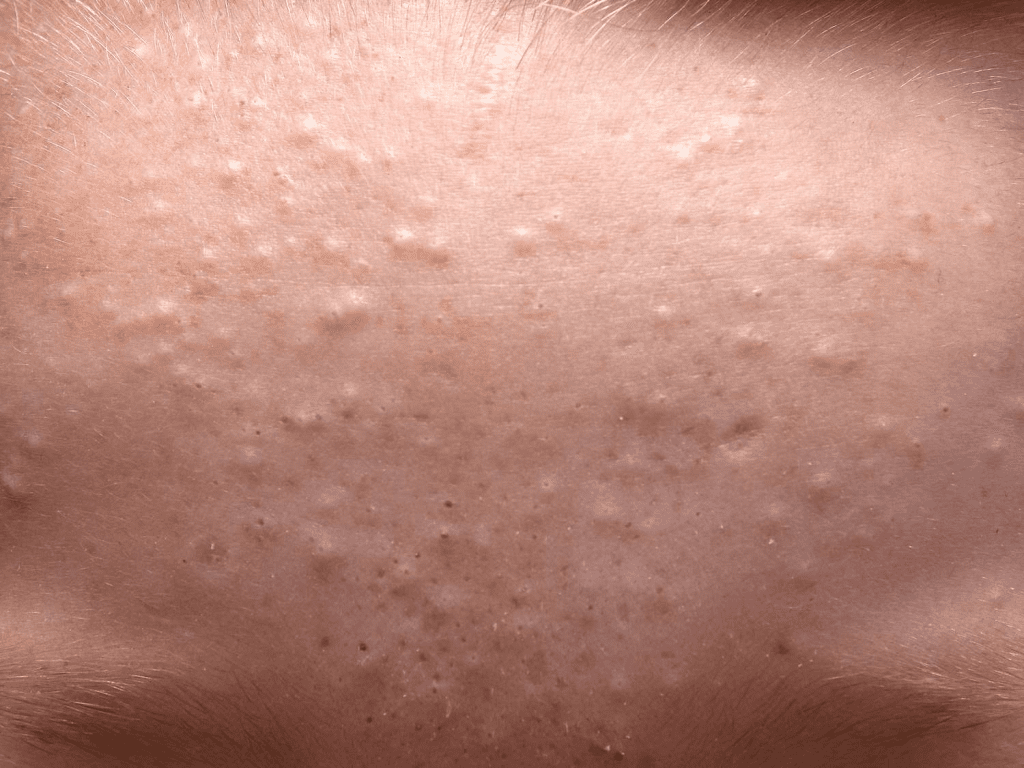
2. Prescription Retinoids
Another effective option for treating milia is through the use of topical retinoids. Retinoids are derivatives of vitamin A that help promote cell turnover, which can prevent dead skin cells from clogging the surface. Prescription-strength retinoids can speed up the natural exfoliation process, making it easier for the trapped keratin to work its way out.
However, retinoids can be harsh on the skin, so it’s essential to consult a dermatologist before starting treatment. They can guide you on how to use the product without irritating your skin.
3. Over-the-Counter Exfoliants
For a gentler approach, over-the-counter exfoliants containing alpha hydroxy acids (AHAs) or beta hydroxy acids (BHAs) can help exfoliate the skin and prevent milia from forming. Products with ingredients like glycolic acid or salicylic acid are particularly effective in removing dead skin cells and promoting smoother skin.
Consistency is key here. Using these products regularly will help prevent the build-up of dead skin cells that can lead to milia. Just remember to follow up with sunscreen, as exfoliating acids can make your skin more sensitive to the sun.
4. Home Remedies and DIY Solutions
If you’re a fan of DIY skincare, there are some home remedies that may help with milia. For example, steaming your face can help open up your pores, making it easier for your skin to shed dead cells. Another option is to use gentle facial scrubs to exfoliate the skin.
However, be cautious with at-home treatments. Over-scrubbing or using harsh ingredients can irritate your skin and may even worsen the problem. Always opt for gentle products and avoid anything that could cause further damage to your skin barrier.
5. Avoid Heavy Creams and Oily Products
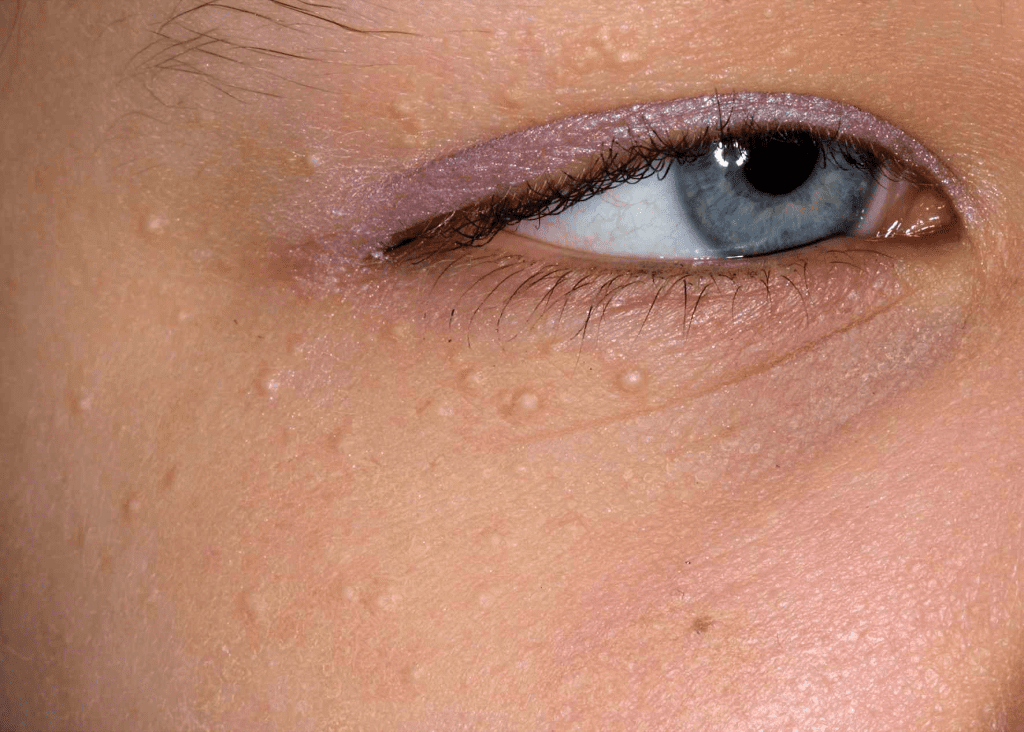
Preventing milia is just as important as treating them. One of the easiest ways to reduce your risk is to avoid heavy creams and oily skincare products. These products can clog your pores and lead to the development of more milia. Instead, choose non-comedogenic skincare products designed to minimize pore blockage and keep your skin clear.
Additionally, be mindful of your makeup choices. Oil-based foundations and thick concealers can contribute to the formation of milia, especially if not thoroughly removed at the end of the day. Always double cleanse or use a makeup remover to ensure your skin is clean before bed.
Conclusion: Milia Are Manageable, So Don’t Stress
While those little white bumps on your nose and skin can be annoying, they are generally harmless and treatable. Milia are simply keratin-filled cysts that form when dead skin cells become trapped under the surface of your skin. With proper care, you can reduce their appearance and even prevent new ones from forming.
Whether you opt for professional extraction, over-the-counter treatments, or simple skincare adjustments, the key is consistency. If in doubt, always consult a dermatologist for personalized advice and treatment options. Ultimately, clear, bump-free skin is within reach!
